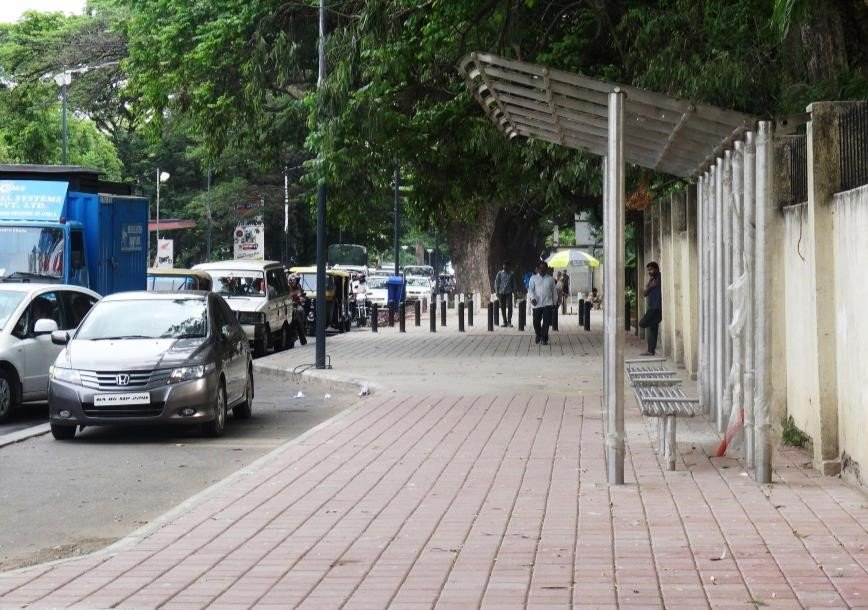Punjab becomes first state to implement ‘Right to walk’ for pedestrians; footpaths, cycle tracks along new roads mandatory
NEW DELHI: The “Right to walk” initiative in Punjab aims to prioritize the needs of pedestrians and cyclists by making it mandatory for all road-owning agencies, including the National Highways Authority of India (NHAI), to provide footpaths and cycle tracks in all future road expansions and construction of new ones. This is in response to the consistent rise in deaths of pedestrians and cyclists in the state.

The increase in pedestrian deaths on Indian roads highlights the urgent need to prioritize the safety of pedestrians and cyclists in transportation planning. According to government data, the number of pedestrian deaths in road crashes has increased from 25,858 in 2019 to 29,124 in 2021, indicating that road infrastructure does not cater to the safety of pedestrians. The situation is further exacerbated by the lack of proper footpaths and cycle tracks, which forces pedestrians to walk on the road, putting them at risk of accidents.
The “Right to walk” initiative in Punjab, therefore, serves as an important step towards creating safe and convenient infrastructure for pedestrians and cyclists. The state’s move to make footpaths and cycle tracks mandatory for all future road expansions and construction of new roads is a positive development that can inspire other states to follow suit.
However, it is crucial that the initiative is implemented effectively, with adequate budget provisions and strict adherence to timelines, to ensure that the safety and mobility needs of pedestrians and cyclists are met.
Last year, the Supreme Court issued an interim order calling for states to prioritize the safety of pedestrians and cyclists by providing them with separate and safe pedestrian lanes and cycle tracks. This highlighted the need for policymakers, planners, and engineers to recognize the importance of non-motorized transport and prioritize the needs of pedestrians and cyclists in transportation planning.
In 2010, Navdeep Asija filed a PIL in the Punjab and Haryana HC seeking the “Right to Walk under Article 21” by ensuring safe facilities for pedestrians. The petition highlighted how pedestrians and cyclists have been historically neglected in transportation planning, and how this perception has led to a biased understanding that they have an inferior right to use public roads compared to motor vehicles.
The plea also pointed out how this neglect has led to an increase in motorization, especially private vehicles, on roads in urban areas. The Punjab government’s initiative to make footpaths and cycle tracks mandatory in all future road expansions and construction of new roads is a significant step towards rectifying this historical neglect and creating an inclusive and sustainable transportation system.
Read also : Google I/O 2023 updates
By making footpaths and cycle tracks mandatory, the state government is not only ensuring the safety of pedestrians and cyclists but also promoting sustainable and healthy modes of transportation. It will also help reduce traffic congestion and air pollution by encouraging people to use non-motorized transport.
It is noteworthy that Punjab is the first state in India to implement such an initiative, setting an example for other states to follow. It is expected that the initiative will be beneficial in enhancing the mobility of pedestrians and cyclists, reducing the number of accidents, and improving the overall quality of life of the people in Punjab.
The “Right to walk” initiative is a step in the right direction towards making Punjab a more walkable and cycle-friendly state. It has the potential to improve the quality of life of the people and create a more sustainable and healthy environment for future generations.
I hope that other states in India and around the world will take inspiration from Punjab’s initiative and prioritize the needs of pedestrians and cyclists in their transportation planning.




